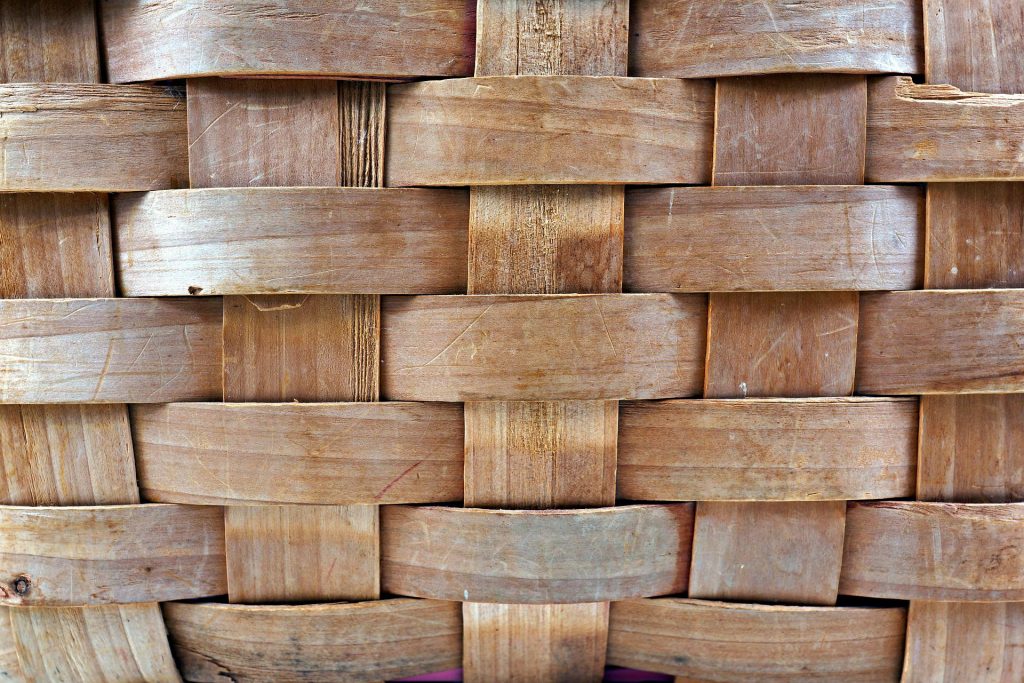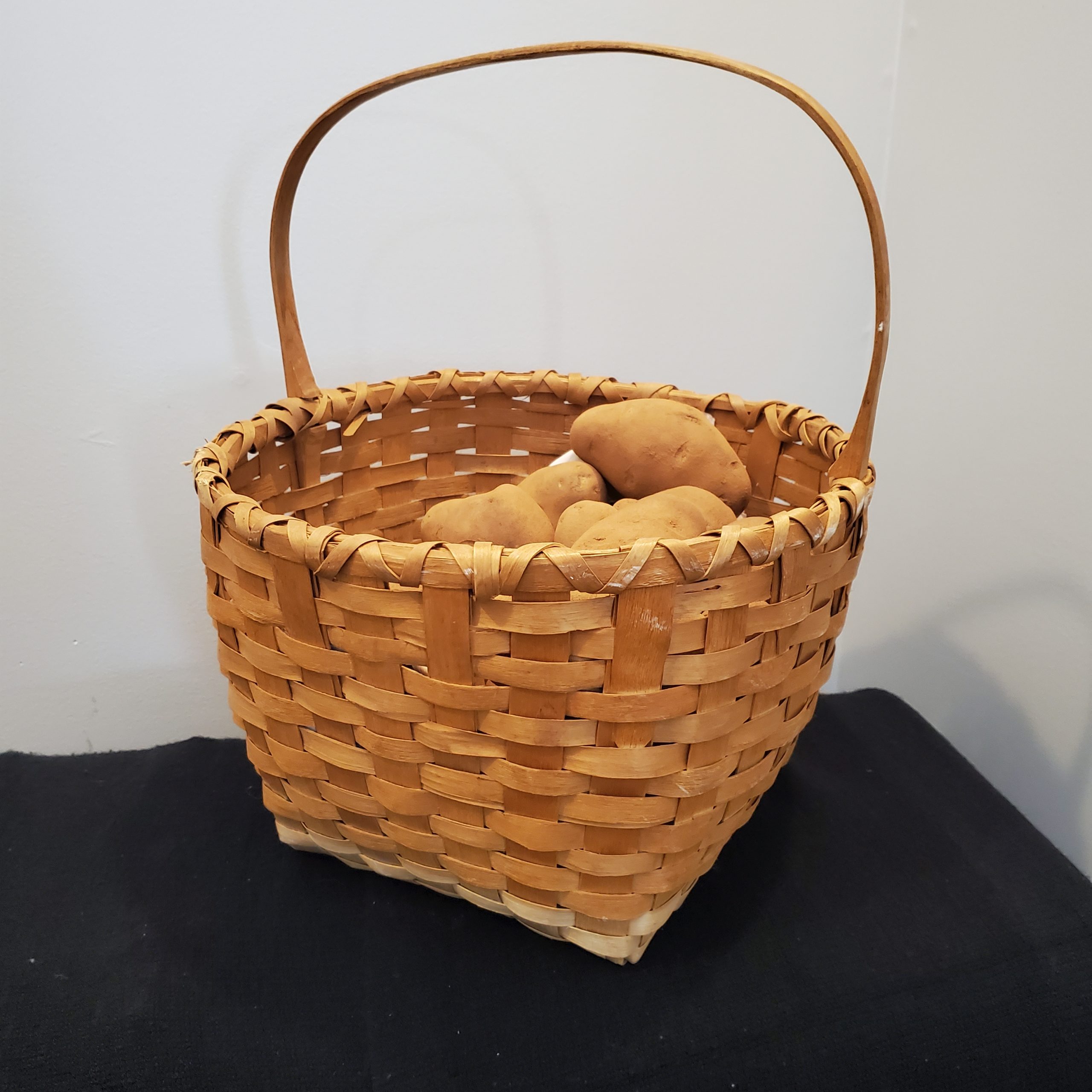Environment
Ecological Gathering of Basket Material
Basketry is a gift – the techniques are gifts from our collective ancestors and the materials are gifts from our great mother, the earth. Regardless of the materials from which they are made, baskets are expressions of a magnificent, functional art form. The art of basket making in North America is believed to have begun with a group of prehistoric North American Indians known as the Basket Makers around 1,500 B.C. Today, basket making cuts across all cultural lines, and are of countless designs, forms and styles.



Ethics of Harvesting
The goal is to have the least disruption of the natural ecosystem, to sustain the resource “for the generation yet unborn.”
The actions to follow are:
- Contemplate the goodness of the universe; thoughts of beauty keep us from causing harm.
- Obtain permission from the landowner.
- An old tradition: Ask permission from the planet; leave a gift from the land. The Ojibwa people left tobacco as an offering.
- Take only what you can use.
- Grow your own plants when possible, using ground that has already has been disturbed by cultivation or other uses.
- Harvest from areas you know. You can monitor the effect of your gathering and you won’t harm something you love.
- Take a sample of wild plants to check out impact.
- Treat gathering areas like a fine perennial garden. Replant root crowns, prune trees to enhance growth and observe if your care was helpful.
- Ask: How much can these plants give up? (Rule of thumb; if the plant is native, 5% of the stand. If introduced, take no more than 25%.)
- Harvest only part of the plant.
- Leave a healthy group in each habitat to reproduce.
- Show respect for travellers through the area by gathering away from trails.
- Harvest from areas that is about to be developed.
- Gather in environmentally safe areas – protect your health.
- Do not gather protected, endangered or sensitive plants.
- Use plants that are readily available and plentiful.
- Promote respect for plants with other gatherers.
Gathering Hints
Collect when nutrients are moving through the stem – in fall after the leaves change color or in spring before the buds open.
Cut shoots neatly to the main trunk (better healing). Careful cutting stimulates new growth for next year.
Never take bark from all around the tree unless the tree is cut.
If a stand of 1″ to 3″ (diameter) willows is being thinned or cut, remove bark while fresh stripping lengthwise and dry in coils.
Red osier dogwood, also known as red willow, is a superior basket material.

